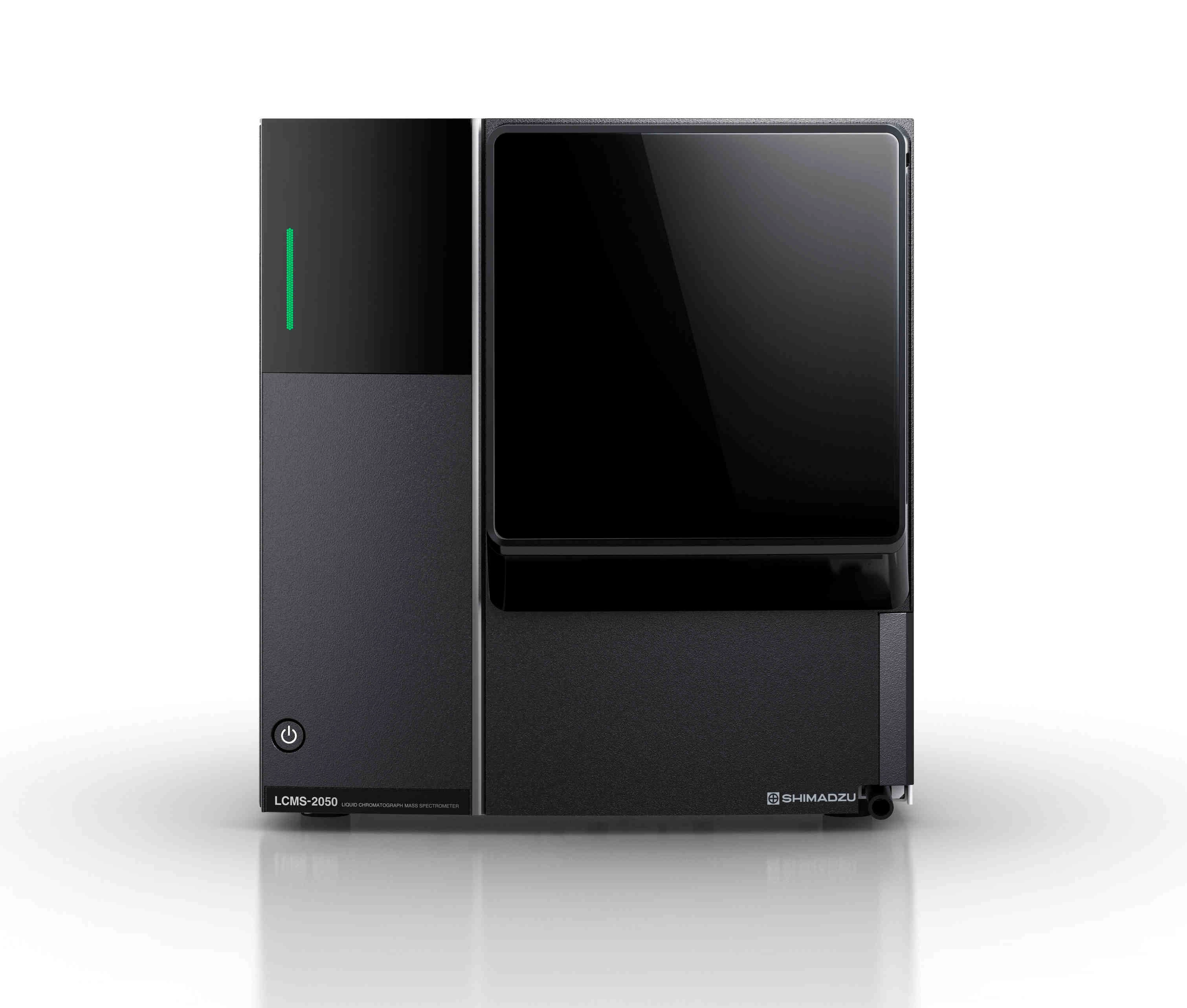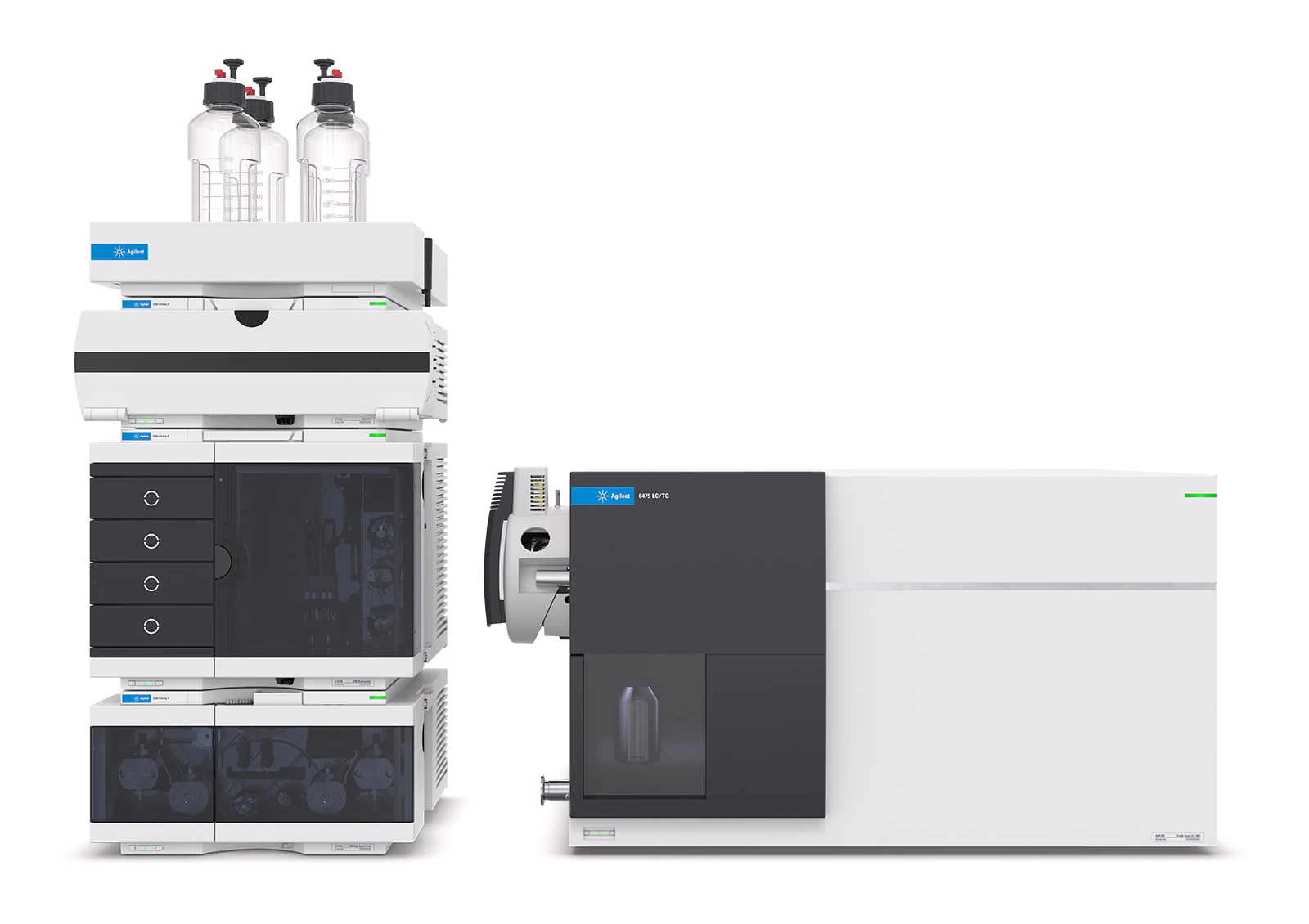The 2022 ASMS Conference: A Return of the Live Mass Spec Vibe
The 2022 American Society for Mass Spectrometry (ASMS) conference was held at the Minneapolis Convention Center June 5th through 9th.
The show had a great on-site audience and an overall pre-pandemic vibe -- complete with a rich exhibition floor and the extravagant vendor hospitality suites for which the meeting is known. Here are a few highlights of new technologies, solutions, and industry news on display at this year's show.
Shimadzu announced several exciting new products at ASMS, in addition to the recently released OmegaTOF and MALDI 8030 Benchtop MALDI-TOF instruments. These announcements include:
The 2050 Single Quadrupole Mass Spectrometer.
 This single quad MS (shown right) features reduced size and benchtop
footprint, while maintaining high-speed and performance. The straightforward
design and ease of use make the instrument ideal for use as a LC detector with
advanced MS capabilities.
This single quad MS (shown right) features reduced size and benchtop
footprint, while maintaining high-speed and performance. The straightforward
design and ease of use make the instrument ideal for use as a LC detector with
advanced MS capabilities.
- The ionization source combines heated electrospray (HESI) and atmospheric pressure ionization (APCI) as switchable sources, enabling analysis of a broad range of compounds from multiple chemical classes.
- Ultrafast scan speed (15,000 u/sec) and polarity switching (10 msec) produces high-quality data at high-throughput rates.
- The 2050 MS is compatible with several LC and UHPLC separations systems, and easy access to simple methods makes it useful as an LC detector with significant performance gains over typical PDA detectors.
Read More about the Shimadzu LCMS-2050 Single Quadrupole Mass Spectrometer
The iMScope QT Imaging Mass Microscope (shown right) is
designed for use with the Shimadzu Q-TOF LCMS-9030 mass spectrometer for fast
acquisition of high-resolution molecular-level images.
- The instrument platform consists of an optical microscope and an AP-MALDI ion source, that is coupled upstream of the Q-TOF LCMS-9030. The system enables identification of molecules in tissue regions immediately following microscopy analysis.
- Integration with the 9030 Q-TOF enables high-resolution molecular distribution and quantitative data analysis.
- Microscopy images can be overlaid with MALDI imaging images to provide comprehensive profiling of tissue morphology and molecular identification.
- The iMScope QT can also be detached from the MALDI source and coupled to an ESI-LC-MS system, to provide another level of electrospray accuracy and quantitative power.
- Shimadzu offers a portfolio of solutions and components to support advanced MS imaging applications, including the iMLayer matrix sprayer and evaporator system and IMAGEREVEAL image data processing software.
Shimadzu also announced new LabSolutions MD solutions software designed to support HPLC method development. With methods scouting functionality, the software enables automated, quick, and simple column and solvent screening to provide optimal column separations using the Design of Experiments (DoE) concept.
Agilent showcased multiple new developments with the objective to Raise Your Mass Spec iQ.
The 6475 Triple Quadrupole LC-MS/MS (shown right) is
the latest evolution of the 6475 LC-MS/MS workhorse platform. Several advanced technologies benefit this instrument
including:
Several advanced technologies benefit this instrument
including:
- Superheated Agilent Jet Stream (AJS) ion source
- Curved and tapered collision cell
- Heated and hyperbolic quadrupoles
- +/- 20 kV high-energy dynode detector system
The instrument features new intelligence technologies such as early maintenance feedback, scheduled tune and check-tune, and intelligent secondary injection flows. The heighted iQ of the instrument is designed to perform diagnostics, maintenance, and tuning automatically to maximize uptime. Reinjections of challenged samples and other featured are meant to let operators focus on the science rather than performance of the instrument.
 Agilent also showcased the new 5977C GC/MSD
instrument (shown right) designed for environmental, food testing, chemical, petrochemical,
forensics, and pharma industry applications.
Agilent also showcased the new 5977C GC/MSD
instrument (shown right) designed for environmental, food testing, chemical, petrochemical,
forensics, and pharma industry applications.
- Built on the significant legacy of Agilent GC/MS innovations, the single quadrupole uses the new HydroInert source for hydrogen carrier applications.
- Designed to address issues with helium shortages, the HydroInert improves spectral fidelity, peak shape, and sensitivity when running with hydrogen.
- Built-in intelligence such as remote monitoring and email-based instrument health alerts make the system easy to monitor, maintain, and diagnose.
The new 7010C Triple Quadrupole GC/MS is the most sensitive of the Agilent GC/MS line.
- Designed to tackle applications demanding the highest sensitivity, the instrument is suited to measure dioxins, furans, and other trace molecules.
- The high-efficiency ion source (HEIS) can deliver detection down to the low attogram level.
- Advanced intelligence includes the SWARM autotune function that operates twice as fast as previous systems.
- New data acquisition modes including triggered MRM (tMRM) and simultaneous dynamic MRM and scan (dMRM/scan) extend the instruments performance beyond that of earlier models.
- Method development and migration from the Agilent 5975 or 5977 GC/MSD is automated and simple using the new MassHunter Optimizer for the GC Triple Quad.
Agilent also has released the new MassHunter BioConfirm software which enables routine characterization of biomolecules through easy-to-use workflows for: oligonucleotides, intact proteins, peptide mapping, and glycan profiling. The software is part of comprehensive solutions for biopharma applications in monoclonal antibody and oligonucleotide-based biotherapeutics.
Bruker showcased several new releases in the areas of timsTOF proteomics and multiomic tissue imaging applications.
The new timsTOF HT system is intended to provide extended dynamic range, enhanced peptide coverage, and more accurate quantitation for unbiased plasma and tissue proteomics analysis.
- The instrument includes the novel 4th generation TIMS (trapped ion mobility separation) XR cell and a 14-bit digitizer for enhanced performance and throughput.
- The system can run 50-200 samples per day, with accuracy better than 1% peptide/protein false discovery rates (FDRs).
- Over 100k unique tryptic peptides in 60min gradients with accuracy better than 5% CV can be achieved using low microgram amounts of sample
The new timsTOF Pro 2 system assists metabolomics and small molecule biomarker studies at unprecedented scale
- New workflows for biomarker discovery and small molecule identification are intended to leverage robustness, speed, and confidence of timsTOF technology in population-level investigations.
- Early studies have shown the system is capable of non-targeted capture and measurement of 11,000 circulating small molecule biomarkers, and thousands of yet uncharacterized factors, in human samples in less than one minute analysis time.
The ability to discover and validate biomarkers at population-scale in a short amount of time are the features that make the timsTOF Pro 2 extremely valuable.
 Also released at ASMS was the new timsTOF MicroGrid
technology (shown right), for increased resolution of MALDI imaging.
Also released at ASMS was the new timsTOF MicroGrid
technology (shown right), for increased resolution of MALDI imaging.
- The technology uses smartbeam 3D MALDI sources for the timsTOF Flex instruments.
- MicroGrid improves the MALDI stage to submicron precision and corrects laser positioning on tissue surfaces down to 5 micrometers.
- Importantly, the technology eliminates visual artifacts or artifact arising from combining MALDI images with optical images from tissues.
MicroGrid brings new levels of resolution to molecular pathology applications.
Outlook
These new products are a mere snapshot of the technology developments at ASMS. We will continue to explore these new instruments and solutions in future articles.










